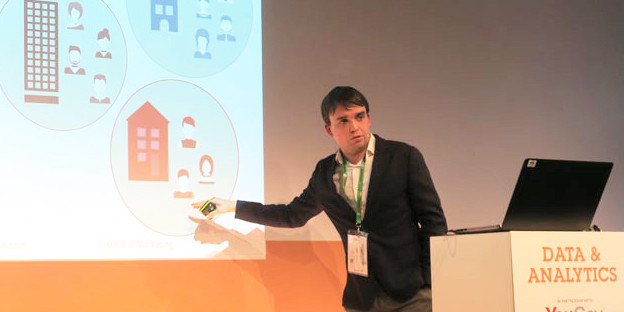
The Client
- Experienced highly complex customer behaviour across re-activation of old customers
and registration of new players. - Had a Marketing strategy across Brand/TV/Digital that was inconsistent and suboptimal.
The Challenge
This global ecommerce business used TV to attempt to drive players to sign up to an online gaming platform. Although TV constituted greater than 90% of their total marketing budget (across both paid TV ads and sponsored programming/gaming tournaments), the value of TV in terms of driving both revenue and registrations of new players was entirely unknown to the business.
- What is the true value of digital, TV and brand activity in terms of both:
- Short term commercial performance?
- Long term brand impact?

- How can offline + online channels be best used in combination to improve efficiency of acquisition?
- What is the value in growing the size of the market versus growing our market share?

The Solution
We combined multivariate statistical analyses with advanced machine-learning
techniques in a holistic model which included both offline and digital marketing
channels. This required identifying the correlation between TV activity and digital activity in both the long and short term and layering these impacts into a Markov attribution model.
The Method
Project Approach
- Stakeholders: Continual engagement with CMO, marketing channel managers, brand managers.
- Strategy: Substantial strategic consultancy component ensures that statistical model is aligned with brand goals.
Modelling + Analysis
- Unification: Disparate data in Brand/TV/Digital unified as a single source of truth.
- Holistic approach: Essential to combine digital and offline channels in one model to estimate commercial impact.
- Layered: Establish which digital channels are impacted by offline activities (eg. TV, sponsorship). Establish how marketing influences long term brand awareness.
The Results
Commercial improvements:
- Short-term: -10% immediate savings in marketing spend.
- Long-term: Established that 80% of the impact of TV was in long term brand value (20% in immediate commercial uplift).
Strategic improvements:
- TV creative was refocused on creative messages designed to promote brand awareness.
- MMM model was embedded within internal tools to be scaled across all markets (model was developed in a pilot market).
- Centralised all relevant data, creating a single source of
truth across brand/TV/digital marketing.
Marketing ROI Improvements:
Our model identified immediate spend improvements. We
identified some areas of marketing spend were wasteful, and generated neither short-term commercial impact nor long term improvements. By identifying this wasteful spend, we were able to make recommendations to the business about where this budget could be spent more effectively.
Marketing Strategy Improvements:
Our model established that the impact of TV in terms of driving short-term commercial impact was minimal. Instead, almost all the value of TV was in driving long term brand awareness. This information was key to marketing strategy for the business and led to a dramatic strategic repositioning of TV strategy (which had previously been targeted at driving short term weekly uplifts in revenue).
About the author
Lynchpin
Lynchpin integrates data science, engineering and strategy capabilities to solve our clients’ analytics challenges. By bringing together complementary expertise we help improve long term analytics maturity while delivering practical results in areas such as multichannel measurement, customer segmentation, forecasting, pricing optimisation, attribution and personalisation.
Our services span the full data lifecycle from technology architecture and integration through to advanced analytics and machine learning to drive effective decisions.
We customise our approach to address each client’s unique situation and requirements, extending and complementing their internal capabilities. Our practical experience enables us to effectively bridge the gaps between commercial, analytical, legal and technical teams. The result is a flexible partnership anchored to clear and valuable outcomes for our clients.



